Han skriver i forordet at han vokste opp i en agnostisk familie, men fant troen da han var litt over 20 år, i 1964 (les om det her). Men så ble han ganske så forbløffet over hva som skjedde med liturgien rett etter at han selv fant Kirken:
… I caught the tail-end of history. Only a few months later, I would find the altars reversed and some new kitschy piece of junk made of aluminum or plastic brought in to replace the “triumphalism” of the old altars, often signed by masters, adorned with gold and precious marble. But already for some time I had seen—with surprise, in my neophyte innocence—guitars in the place of organs, the jeans of the assistant pastor showing underneath robes that were intended to give the appearance of “poverty”, “social” preaching, perhaps with some discussion, the abolition of what they called “devotional accretions”, such as making the Sign of the Cross with holy water, kneelers, candles, incense. I even witnessed the occasional disappearance of statues of popular saints; the confessionals, too, were removed, and some, as became the fashion, were transformed into liquor cabinets in designer houses.
Everything was done by clerics, who were incessantly talking about “democracy in the Church”, affirming that this was reclaimed by a “People of God”, whom no one, however, had bothered to consult. ….
Before judging its merits, let me repeat, it must be said that this reform came down from the clergy; the decision was handed down to the “People of God” from above, being thought out, realized, and imposed on those who had not asked for it or who had accepted it only reluctantly. There were some among the disoriented faithful who “voted with their feet”, that is to say, they decided to do other things on Sunday rather than attend a liturgy they felt was no longer theirs.
But, as a novice in Catholic matters, there was another reason for my stupor. Not having had particular religious interests “previously”, and being a stranger to the life of the Church, I knew that the Second Vatican Council was in progress from some newspaper headlines but did not bother to read the articles. So I knew nothing about the work and the long debates, with clashes between opposing schools, that led to Sacrosanctum concilium, the Constitution on the Liturgy, which was, among other things, the first document produced by those deliberations. Along with the other conciliar acts, I read the text “afterward”, when faith had suddenly irrupted into my life. I read it, and, as I said, I was left surprised: the revolution I saw in ecclesial practice did not seem to have much to do with the prudent reformism recommended by the Council fathers. ….
In short, I could not put the contrasts together: the fanatics of the ecclesial democracy were undemocratic: imposing their own ideas on the “People of God” without concern for what the “People” thought, isolating and ridiculing the dissidents. And the fanatics of “fidelity to the Council”—and they were almost always the same people—did not do what the Council said to do or even did what it recommended not to do.
Decades have passed since then, and what has taken place in the meantime is well known by those who follow the life of the Church. Well, what troubled many often saddened me, too, but it did not, as I said at the beginning, touch my confidence in the Church. It has not touched that confidence because the abuses, the misunderstandings, the exaggerations, the pastoral mistakes were those, as is always the case, of the sons of the Church, not of the Church herself. …. The conciliar document on the liturgy — the real one, not the mythical one — is an exhortation to reform (Ecclesia semper reformanda), but there is no revolutionary tone in it, insofar as it finds its inspiration in the considered and, at the same time, open teaching of that great pope who was Pius XII. After Scripture, Pius XII is the most cited source (more than two hundred references) of Vatican II, which, according to the black legend, intended to oppose the very Church he represented. ….
It was, in other words, a confidence that times would come like those described—with obligatory realism but also with great hope—by Father Nicola Bux in this book. The recent past has been what it has been; the damage has been massive; some of the rearguard of the old ideologies of “progressivism” still boldly proclaim their slogans; but nothing is lost, because the principles are very clear; they have not been scratched. The problem is certainly not the Council but, if anything, its deformation: the way out of the crisis is in returning to the letter, and to the spirit, of its documents. The author of the pages that follow reminds us that there is work to be done to help many minds that—perhaps without even knowing it—have been led astray. We must help them recover what the Germans call die katholische Weltanschauung, the Catholic world view. It is not by chance that I use the German, as everyone knows where that Shepherd comes from who did not expect that ascension to the papacy to be woven into his story as a patient and “humble worker in the vineyard of the Lord”. If I put the reference to patience in italics, it is because it is one of the interpretive keys to the magisterium of Benedict XVI, as this book will also underscore. …


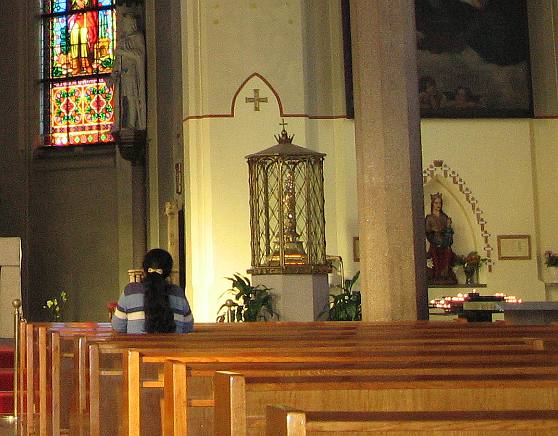
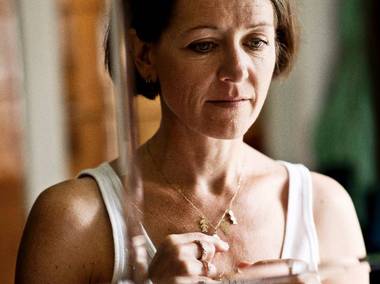 I artikkelen
I artikkelen 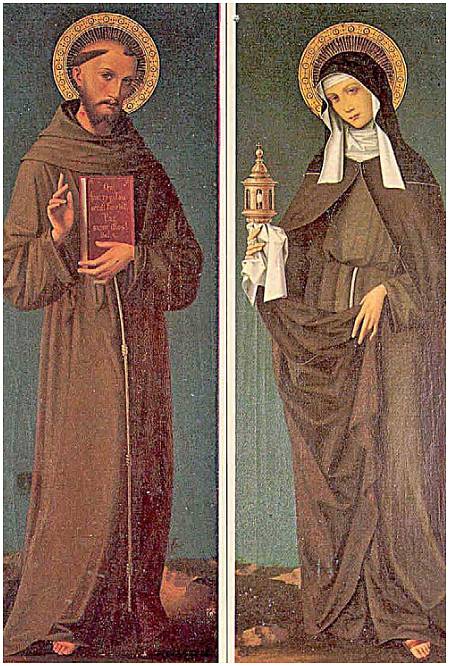

 Forordet til msgr Bux’ bok er skrevet av
Forordet til msgr Bux’ bok er skrevet av 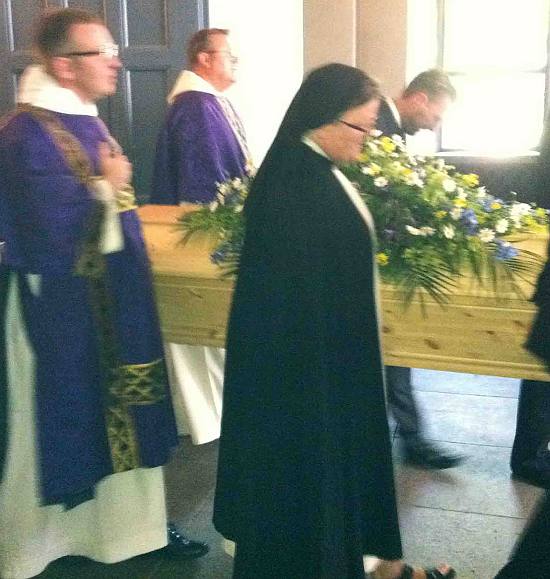
 I dag, 14. juli, feires den hellige Bonaventura i den tradisjonelle kalenderen, men i 1970 ble han flyttet én dag, til 15. juni – og feires ikke i år siden det er søndag. I de tradisjonelle tidebønnene leste jeg i dag følgende om Bonaventura til Matutin:
I dag, 14. juli, feires den hellige Bonaventura i den tradisjonelle kalenderen, men i 1970 ble han flyttet én dag, til 15. juni – og feires ikke i år siden det er søndag. I de tradisjonelle tidebønnene leste jeg i dag følgende om Bonaventura til Matutin: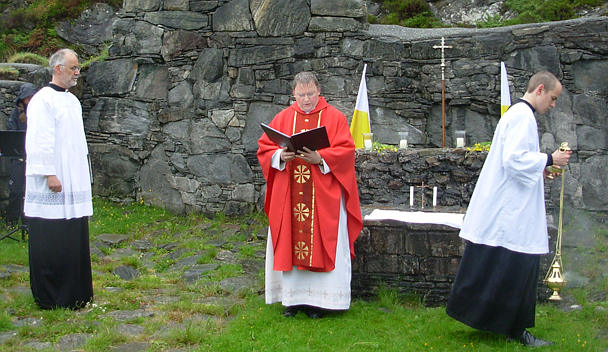
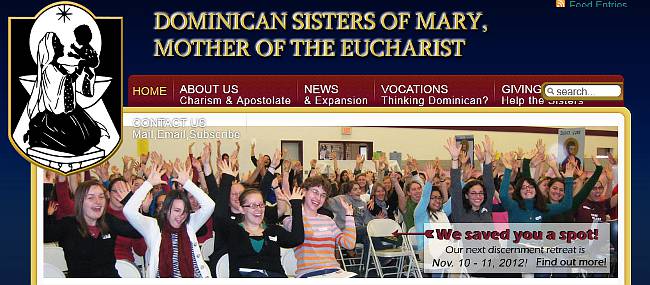 I Ann Arbor, Michigan, har kongregasjonen
I Ann Arbor, Michigan, har kongregasjonen